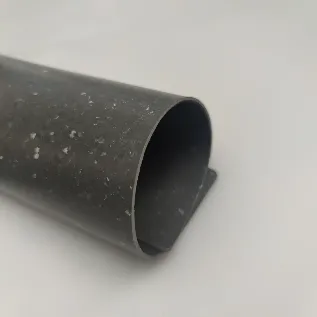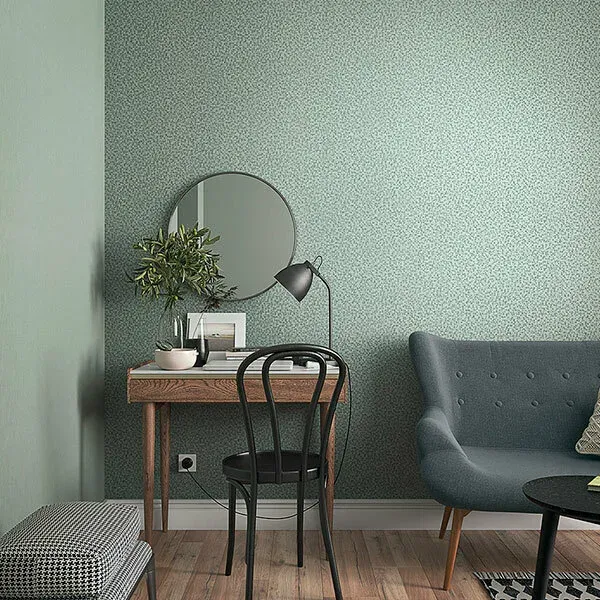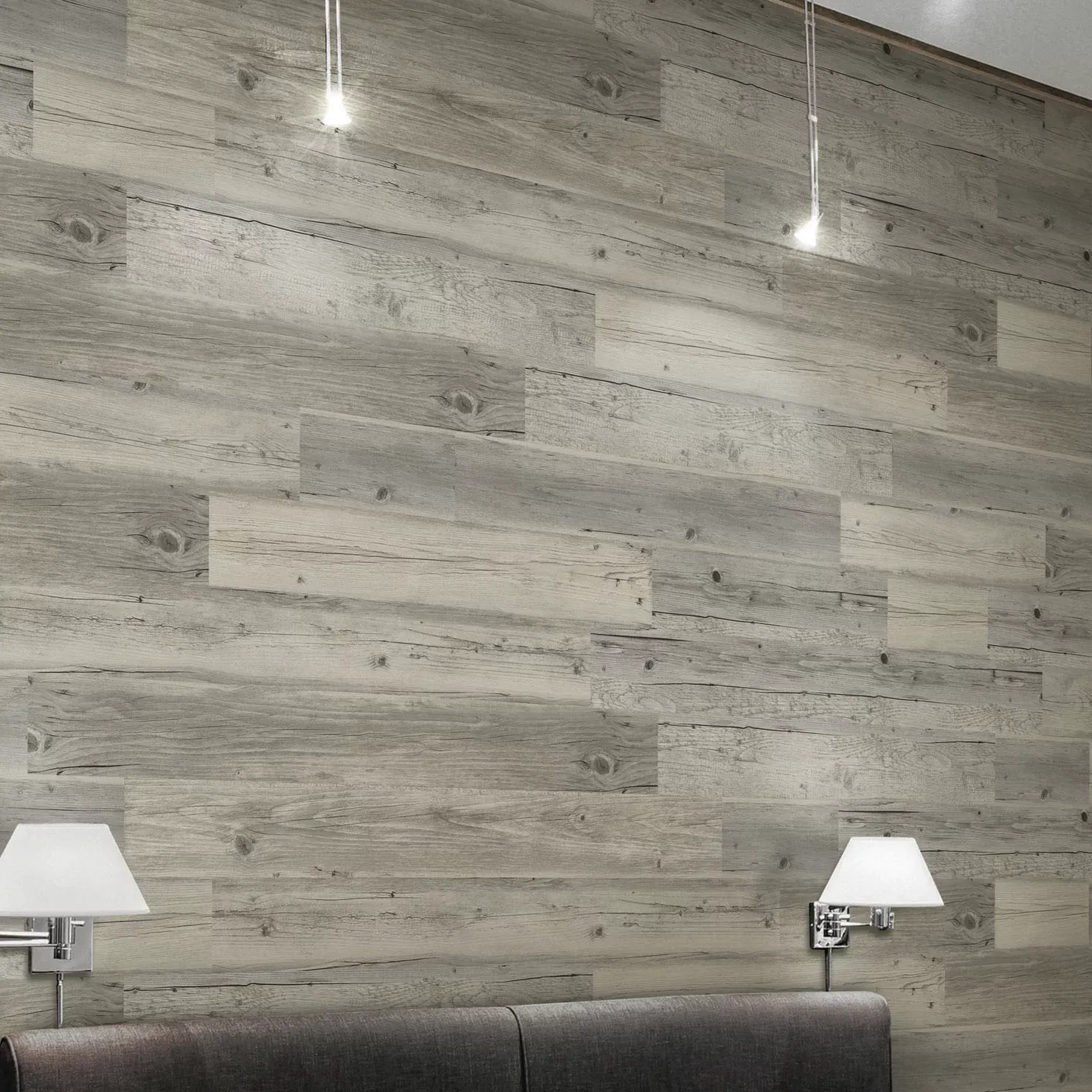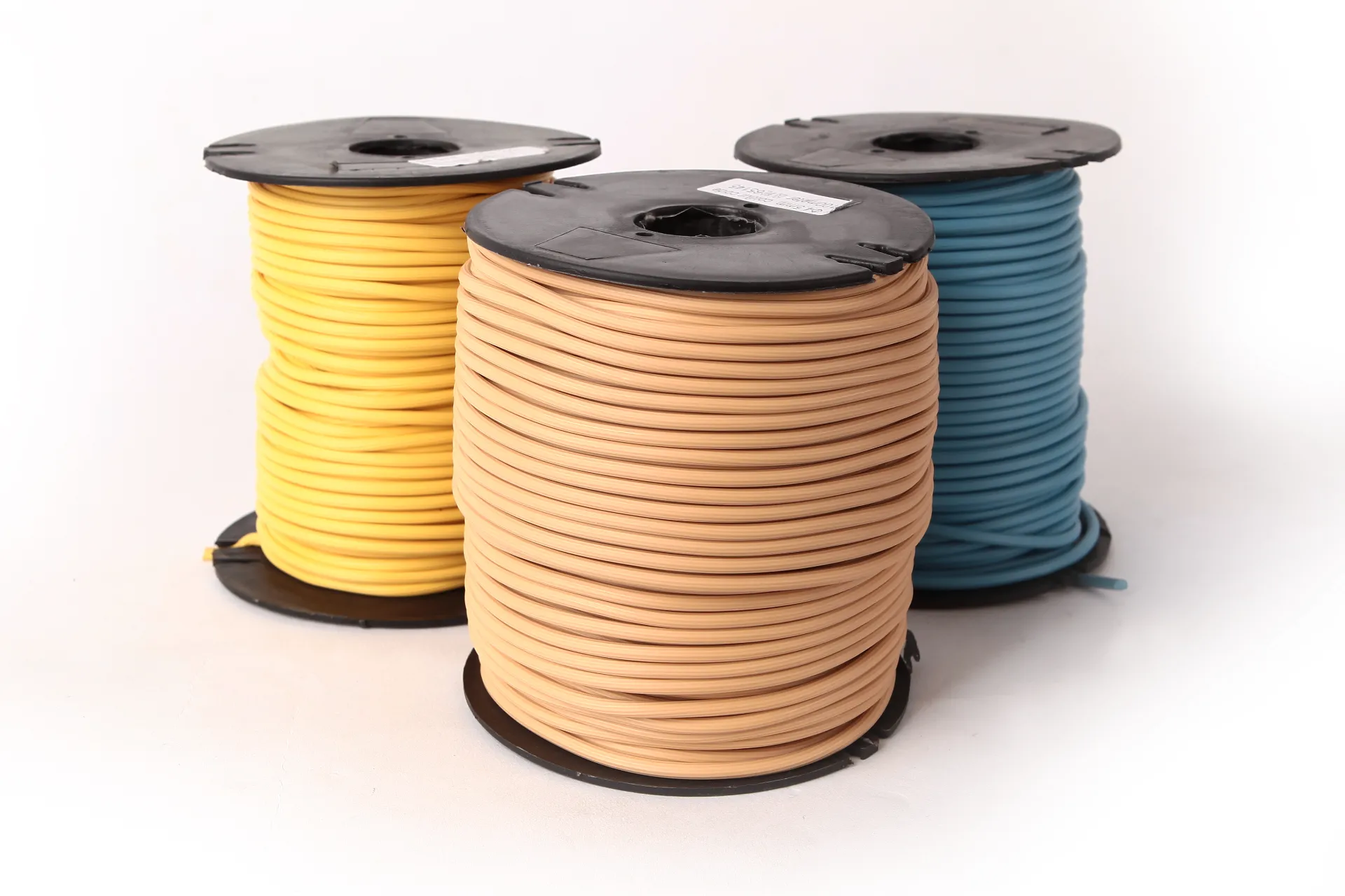
- Afrikaans
- Albanian
- Amharic
- Arabic
- Armenian
- Azerbaijani
- Basque
- Belarusian
- Bengali
- Bosnian
- Bulgarian
- Catalan
- Cebuano
- Corsican
- Croatian
- Czech
- Danish
- Dutch
- English
- Esperanto
- Estonian
- Finnish
- French
- Frisian
- Galician
- Georgian
- German
- Greek
- Gujarati
- Haitian Creole
- hausa
- hawaiian
- Hebrew
- Hindi
- Miao
- Hungarian
- Icelandic
- igbo
- Indonesian
- irish
- Italian
- Japanese
- Javanese
- Kannada
- kazakh
- Khmer
- Rwandese
- Korean
- Kurdish
- Kyrgyz
- Lao
- Latin
- Latvian
- Lithuanian
- Luxembourgish
- Macedonian
- Malgashi
- Malay
- Malayalam
- Maltese
- Maori
- Marathi
- Mongolian
- Myanmar
- Nepali
- Norwegian
- Norwegian
- Occitan
- Pashto
- Persian
- Polish
- Portuguese
- Punjabi
- Romanian
- Russian
- Samoan
- Scottish Gaelic
- Serbian
- Sesotho
- Shona
- Sindhi
- Sinhala
- Slovak
- Slovenian
- Somali
- Spanish
- Sundanese
- Swahili
- Swedish
- Tagalog
- Tajik
- Tamil
- Tatar
- Telugu
- Thai
- Turkish
- Turkmen
- Ukrainian
- Urdu
- Uighur
- Uzbek
- Vietnamese
- Welsh
- Bantu
- Yiddish
- Yoruba
- Zulu
Kommersiële kantoorvloere en gesondheid: Aanspreek van luggehalte en higiëne
In vandag se moderne kantooromgewing plaas besighede toenemende klem op werknemerswelstand en die algehele gesondheid van hul werkspasie. Terwyl die estetiese aantrekkingskrag en duursaamheid van kommersiële kantoorvloere dikwels vooropgestel word, is die impak van vloer op luggehalte en higiëne net so krities. Vloerkeuses kan 'n beduidende rol speel in die handhawing van 'n skoon, gesonde kantooromgewing, wat help om die verspreiding van allergene, bakterieë en skadelike chemikalieë wat die gesondheid van werknemers kan beïnvloed, te verminder.
In this article, we’ll explore how kommersiële kantoorvloer beïnvloed luggehalte en higiëne, tesame met vloeropsies wat 'n gesonder werkplek bevorder.

Die verband tussen vloer en binnenshuise luggehalte Oor Kommersiële kantoorvloer
Binne-luggehalte (IAQ) is 'n groeiende kommer vir besighede, veral omdat werknemers lang ure binnenshuis deurbring. Swak IAQ kan bydra tot 'n reeks gesondheidskwessies, van respiratoriese probleme tot allergieë en selfs moegheid. Wanneer dit kom by vloer vir kommersiële geboue, kan sekere materiale skadelike chemikalieë in die lug vrystel, terwyl ander stof en allergene kan vasvang, wat binnenshuise luggehalteprobleme vererger.
Baie tradisionele vloermateriaal, soos matte gemaak van sintetiese vesel, kan stof, vuil en ander allergene bevat. Met verloop van tyd kan hierdie deeltjies in die lug vrygestel word, wat allergiese reaksies veroorsaak of asmasimptome by sensitiewe individue vererger. Daarbenewens kan sekere soorte vloere, veral viniel en laminaat, vlugtige organiese verbindings (VOC's) bevat wat in die lug afgas. VOC's kan lei tot 'n toestand bekend as "siek gebou-sindroom," wat simptome soos hoofpyn, duiseligheid en irritasie van die oë, neus en keel veroorsaak.
Die keuse van vloermateriaal wat die vrystelling van VOC's en stof verminder, kan IAQ aansienlik verbeter en 'n gesonder werkplek skep.
Kommersiële kantoorvloermateriaal wat binnenshuise luggehalte verbeter
Om 'n gesonder kantooromgewing te ondersteun, moet besighede dit oorweeg duursame kommersiële vloer materiaal wat luggehalte verbeter deur stofophoping te verminder en die vrystelling van skadelike chemikalieë te verminder. Verskeie ekovriendelike opsies staan uit vir hul vermoë om skoner lug te bevorder en beter werknemersgesondheid te ondersteun.
Natural materials such as cork, bamboo, and linoleum are excellent choices for office spaces where air quality is a priority. These materials are naturally resistant to dust and allergens and contain little to no VOCs. Cork, for example, is made from the bark of cork oak trees and is naturally anti-microbial and hypoallergenic. It doesn’t trap dirt or dust, making it an ideal choice for high-traffic office areas that demand cleanliness.
Bamboo is another sustainable, low-emission flooring option that contributes to improved air quality. Since it grows quickly and is harvested without damaging the environment, bamboo flooring is an eco-friendly choice that helps businesses maintain a clean and healthy office space. Linoleum, made from natural materials like linseed oil, cork dust, and wood flour, is another good option for businesses looking for a low-emission floor that doesn’t off-gas harmful chemicals.
In addition to natural materials, certain engineered flooring systems are designed to meet high indoor air quality standards. Many of these products are certified by organizations like GreenGuard and FloorScore, which test and certify flooring materials for low-VOC emissions. Choosing flooring products with these certifications ensures that employees aren’t exposed to harmful chemicals and that the office environment remains fresh and breathable.
Kommersiële kantoorvloere en higiëne: 'n kritieke faktor in werkplek-netheid
Om goeie higiëne in die kantoor te handhaaf, is noodsaaklik om die verspreiding van kieme, bakterieë en virusse te verminder, veral in hoëaanrakingsareas soos breekkamers, konferensiekamers en toilette. Vloermateriaal wat maklik is om skoon te maak, te ontsmet en te onderhou, kan help om die werkplek higiënies te hou en die potensiaal vir siekteoordrag te verminder.
Hard flooring surfaces such as tile, vinyl, and polished concrete are generally more hygienic than carpets because they don’t trap dirt, dust, or moisture. These surfaces are easy to wipe down with standard cleaning products, making them more resistant to bacteria and mold growth. For instance, vinyl floors with antimicrobial properties are highly effective in areas like kitchens and bathrooms, where hygiene is a top priority. The smooth surface of vinyl makes it easy to clean and prevents the buildup of germs and allergens.
Net so is teëls gemaak van keramiek, porselein of natuurlike klip hoogs duursaam en bestand teen vog, wat help om vorm en bakterieë groei te voorkom. Hierdie vloere is veral geskik vir ruimtes wat geneig is tot mors of hoë humiditeit, soos toilette of kombuise. Boonop kan voeglyne tussen teëls met antimikrobiese seëlmiddels behandel word om higiëne verder te verbeter.
On the other hand, carpeted floors can trap dirt, dust, and allergens in their fibers, making them more challenging to clean and maintain. In offices with high foot traffic or areas where spills are common, carpet can harbor bacteria and germs that may be difficult to eliminate completely. However, commercial carpets made from high-performance fibers, such as nylon or polypropylene, are designed to resist staining and can be cleaned with specialized equipment to maintain hygiene. It’s essential to ensure carpets are vacuumed frequently and professionally cleaned at regular intervals to prevent the buildup of harmful particles.
Die rol van kommersiële kantoorvloere in die vermindering van kruisbesmetting
In addition to preventing the accumulation of dirt and allergens, commercial office flooring can also play a role in reducing cross-contamination between different areas of the office. The use of mats or rugs at entrances, for example, can help trap dirt and moisture before it’s carried into the rest of the office. This simple step can help keep floors cleaner and reduce the amount of dust and bacteria that spreads throughout the workspace.
In areas where food is prepared or consumed, such as kitchens or break rooms, it’s important to select flooring that resists stains and moisture absorption. Vinyl and rubber flooring are ideal for these spaces because they are easy to wipe down and are resistant to the growth of bacteria. Additionally, these materials are slip-resistant, reducing the risk of accidents in areas prone to spills.
-
Masking Tape: Clean Removal, Precision Lines, Pro-GradeNov.10,2025
-
Skirting: MDF, Oak & SPC | Durable, Easy-FitNov.10,2025
-
Commercial VCT Tile Flooring – Durable, Low-MaintenanceNov.10,2025
-
LVT Vinyl Floors – Waterproof, Scratch‑Resistant, Easy ClickNov.10,2025
-
Masking Tape - Pro-Grade, Clean Removal, Crisp LinesNov.10,2025
-
Premium Masking Tape - Sharp Lines, Clean RemovalNov.10,2025



